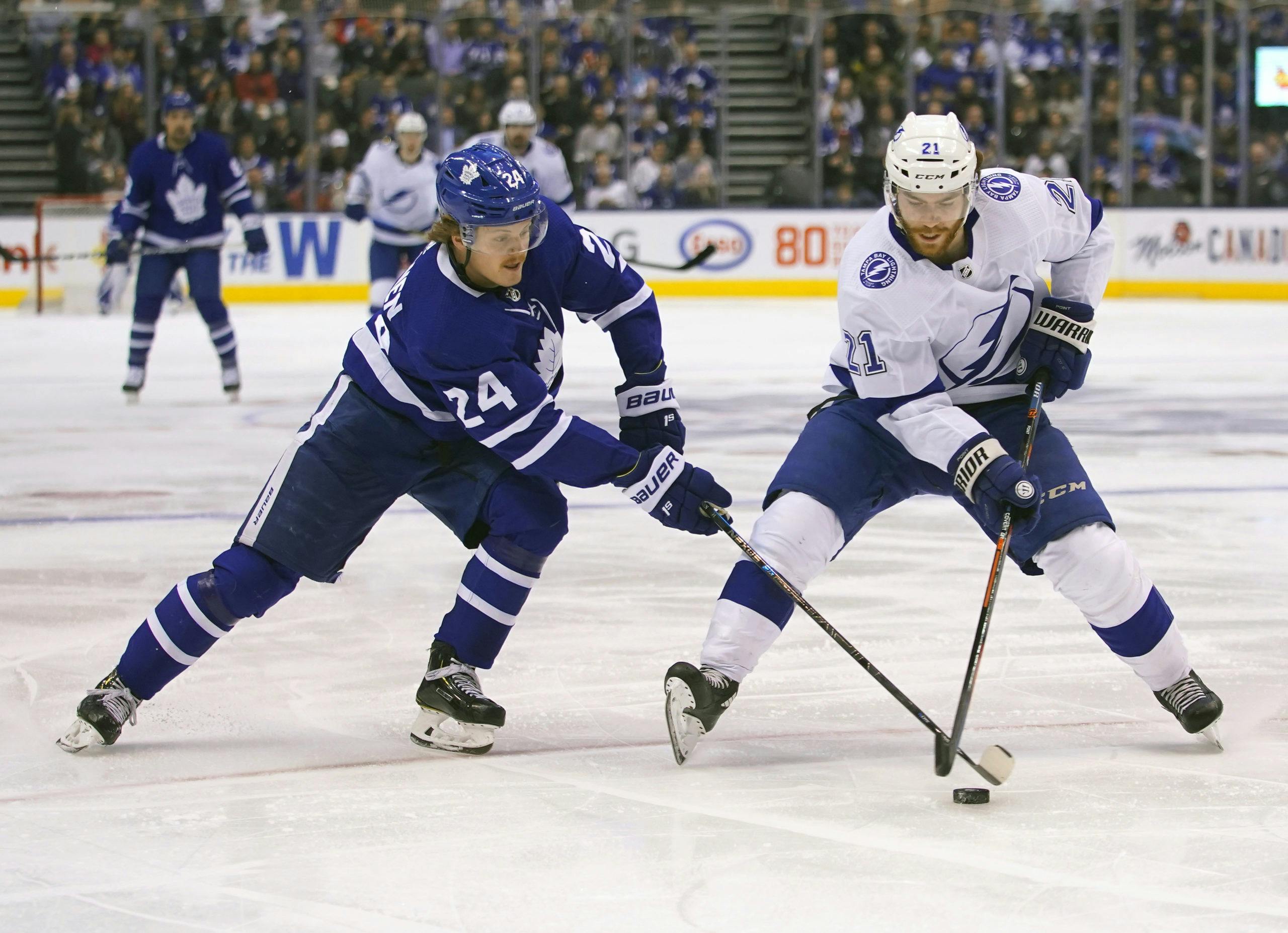Assessing Kasperi Kapanen’s Value
Photo credit: John E. Sokolowski-USA TODAY Sports
May 5, 2020, 10:30 EDT
Recent articles from mackinawstats
Breaking News
- Why staying the course has never been more important for the Maple Leafs
- Craig Berube wants Joseph Woll to be more direct moving the puck
- Maple Leafs impressed with Matthew Knies elevating his game in playoffs
- Pacioretty praises linemates Tavares, Nylander, Berube’s calm leadership ahead of Game 4
- Despite the Game 3 OT loss, Jeff Marek thinks the Leafs are fine: Leafs Morning Take
